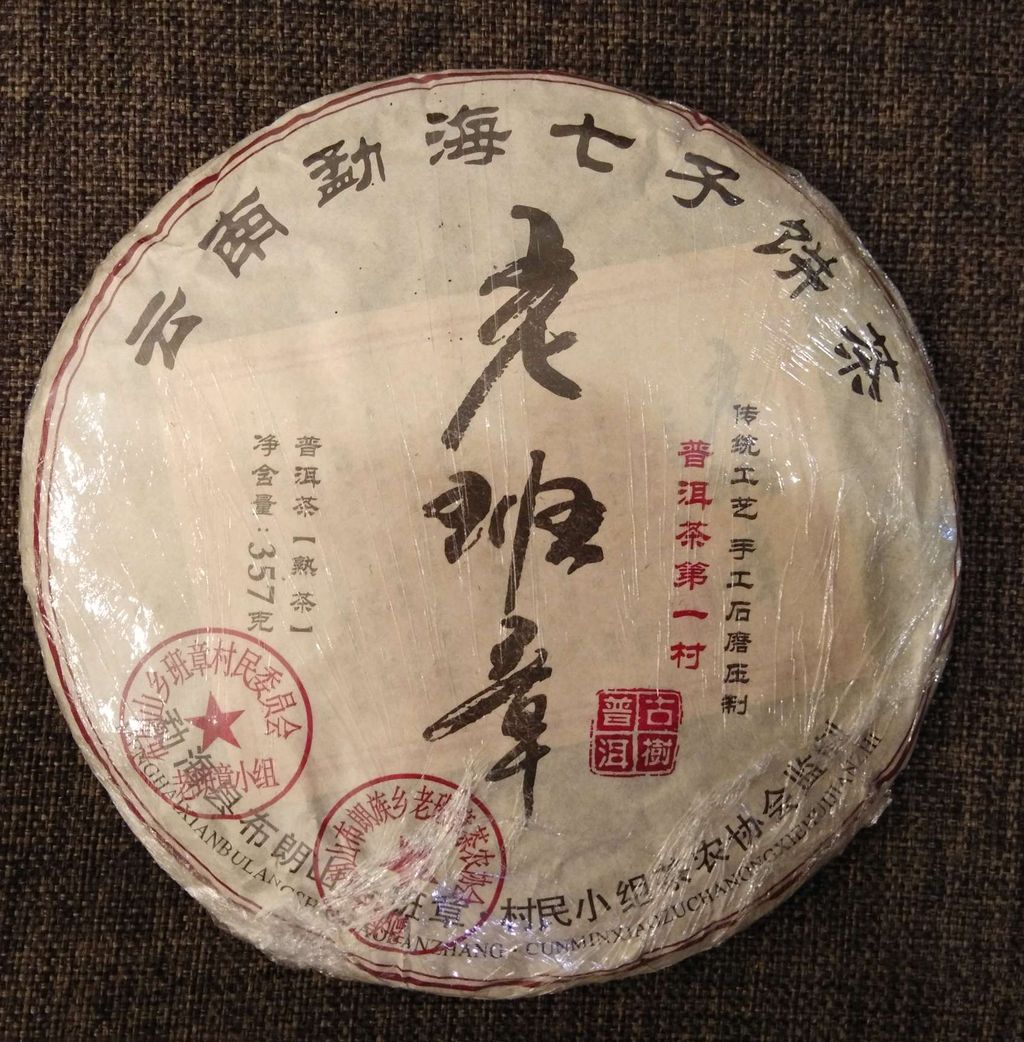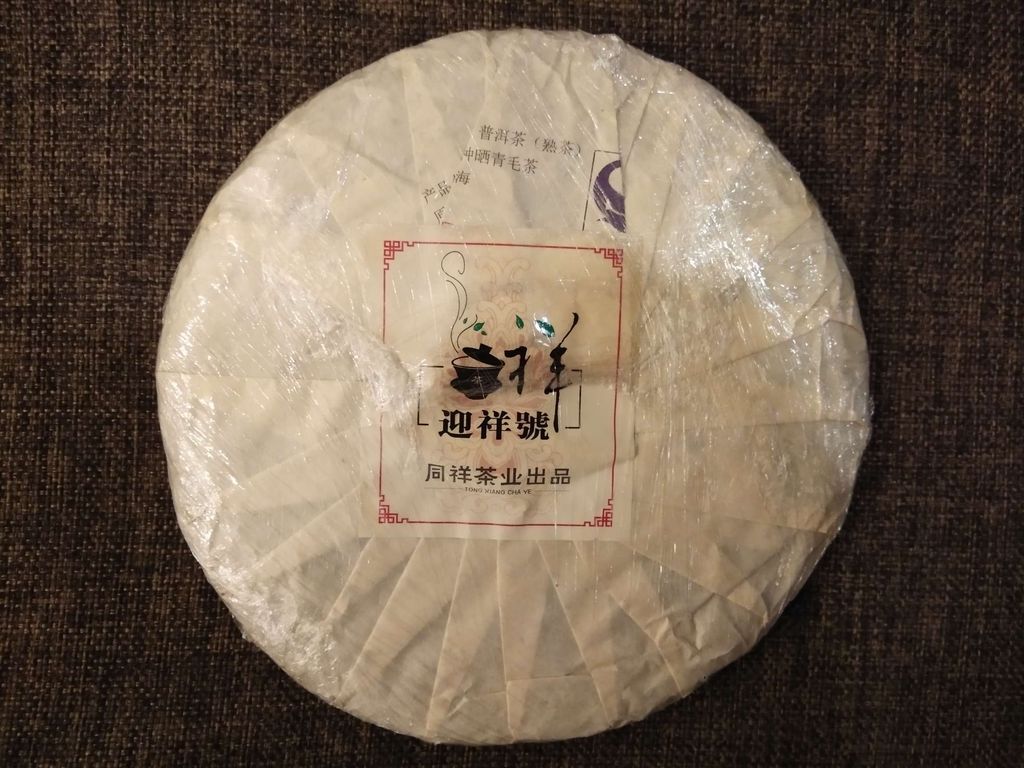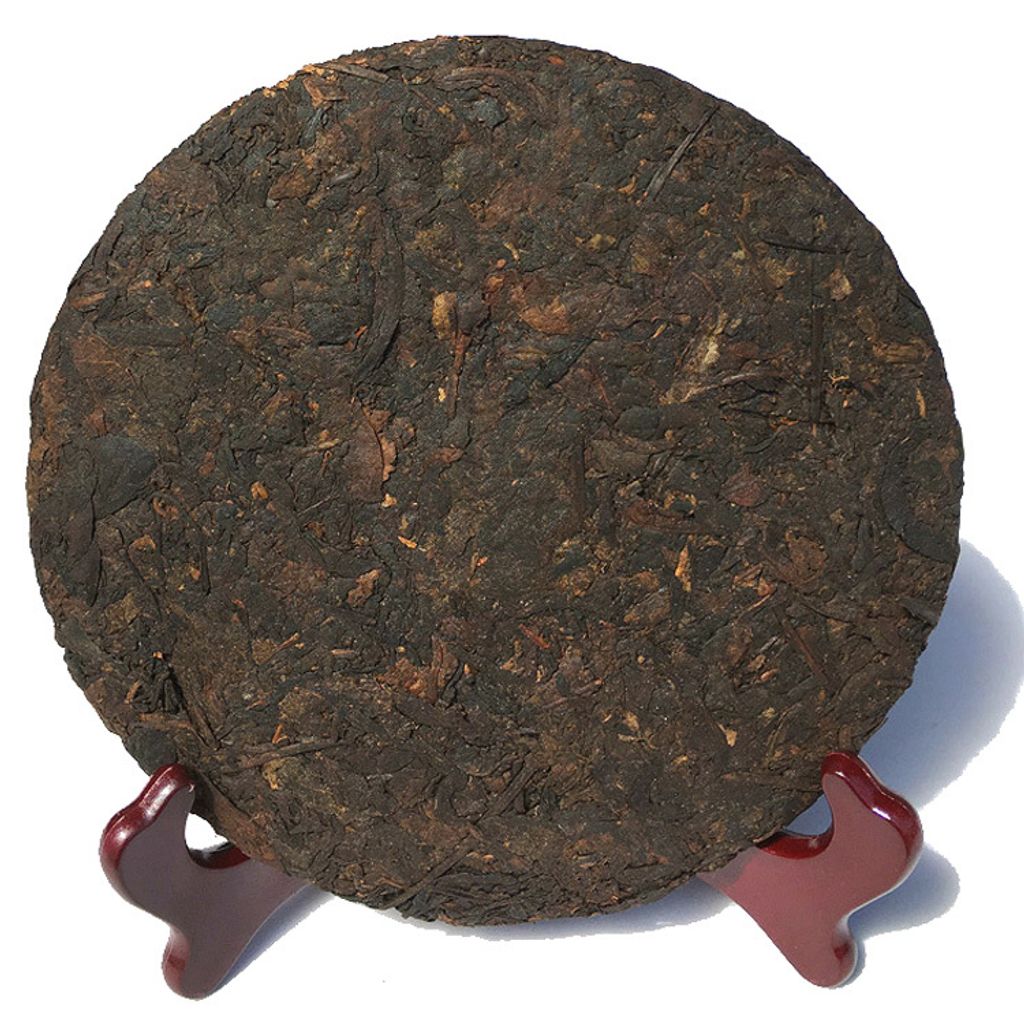Pu Er tea- Lao Ban Zhang
Name: Lao Ban Zhang Pu Er Tea
Net Weight - 357g
lifespan : the more longer period the taste better but maximum is 15 years. After 15 years the quality of taste is decreasing. There is a study and research on this.
Storage - keep dry, do not store near strong odors. The leaves can absorb strong odors that waft through the air nearby , avoid direct sunlight.
Pu Er tea is made from the leaves and stems of the Camellia sinensis plant. This is the same plant that is used for making green, oolong, and black teas. Though the same source plant is used, the different teas are made by using different processes. Green tea is not fermented, oolong tea is partially fermented, black tea is fully fermented, and Pu Er tea is post-fermented. This means Pu Er tea's processing includes both fermentation and then prolonged storage, or "aging," under high humidity. Pu Er tea that is aged for a longer period of time is supposed to taste better. However, it can also smell musty or taste stale because mold and bacteria will sometimes attack the tea during the long aging process. Pu Er tea is produced mainly in the Yunnan district in the southwestern part of China.
Pu Er tea is used for improving mental alertness and sharp thinking. It is also used for reducing high cholesterol.
Pu Er tea contains caffeine, although not as much caffeine as other teas. Caffeine works by stimulating the central nervous system (CNS), heart, and muscles. Pu Er tea also contains antioxidants and other substances that might help protect the heart and blood vessels.
There is interest in using Pu Er tea for lowering cholesterol because, unlike other teas, it contains small amounts of a chemical called lovastatin. Lovastatin is a prescription medicine used for lowering cholesterol. Investigators think that bacteria that sometimes contaminate pu-erh tea may somehow make the lovastatin in the course of their normal life cycle. Animal research suggests that pu-erh tea might lower certain blood fats called triglycerides as well as total and "bad" low-density lipoprotein (LDL) cholesterol. It might also raise "good" high density lipoprotein (HDL) cholesterol.




